As a genre of painting originating from China, the first mirror painters of Hue were mainly people living in the ancient town of Bao Vinh and Gia Hoi, places with strong Chinese cultural imprints. Among them, there is a very special family with 4 generations attached to the profession of making silver-plated mirrors and painting mirrors, contributing significantly to giving Hue mirror paintings a unique appearance. That is the family of the late painter Nguyen Van Ban.
Mr. Nguyen Van Ban (1890 - 1956) was born and raised in Phu Cat village, his mother was a merchant who used a junk boat to make trips between Hoi An and Hue. In Hoi An, his mother met and invited a Chinese silver-plating mirror craftsman to Hue to teach her son the craft. At first, Mr. Ban was only taught how to silver-plat with mercury to make small mirrors. Later, he learned more techniques of silver-plating with silver nitrate and solvent-plating.
If the “Chinese master” taught the craft of making silver-plated mirrors, the craft of painting mirrors in Mr. Nguyen Van Ban’s family originated from the fact that Mrs. Hoang Thi Trang, Mr. Ban’s wife, was the younger sister of Doan Huy Hoang Thai Hau - the wife of King Khai Dinh. This relationship helped Mr. Ban’s family members to have convenient access to the palace. From being exposed to mirror paintings in the palace, Mr. Ban’s family members learned and experimented with painting on mirrors. At first, they only painted decorative paintings and congratulatory calligraphy paintings on clear mirrors. Later, to meet the worshiping needs of the people, they painted more worshiping mirrors with patterns taken from Sinh village paintings. Because they could produce silver-plated paintings, in addition to painting on clear mirrors, Mr. Ban’s family also painted on silver-plated mirrors, or more precisely, painted decorative paintings for mirrors.
Among Mr. Ban's children, the second son Nguyen Van Mung (1919 - 1993) did not live separately after getting married, so he inherited almost all of his father's professional skills. In particular, he was lucky to have a neighbor, painter Ton That Dao (1910 - 1979), who graduated from the 8th class of the Indochina Fine Arts College and was the first principal of the Hue College of Fine Arts. From the Western realistic painting style acquired from formal school, painter Ton That Dao shared and guided his neighbor. However, while painter Ton That Dao painted silk, lacquer, and oil paintings with the principle of painting far scenes first, then near scenes, painter Nguyen Van Mung expressed on glass with the opposite process: close-up scenes first, far-away scenes later. This is shown through some of his landscape paintings (Thien Mu Pagoda, Minh Mang Tomb, Truong Tien Bridge, etc.). This can also be seen as a new development step of Vietnamese glass painting in general and Hue mirror painting in particular.
The knowledge of making silver-plated mirrors and painting on mirrors of the Nguyen Van brothers in Phu Cat continued to be passed down to the third generation, mainly the children of painter Nguyen Van Mung.
The eldest son Nguyen Van Cu (born in 1953) soon followed his father's silver-plated mirror making career. After 1975, due to the lack of mirrors to make, the profession temporarily stagnated. Only from 1994 - 1995, when raw materials were available, painted mirrors became popular among Hue people, so the silver-plated mirror profession of Mr. Cu and some of his family members had a chance to revive. However, with the advent of cheap vacuum aluminum plating technology, the silver-plated mirror profession could not compete.
The second daughter Nguyen Thi Dong (born in 1955) also followed the mirror painting profession since childhood. She said: “Every time my father painted, I sat by to watch. Seeing my father paint such beautiful trees and flowers, I started to like and admire him and took the mirrors he had discarded to do the same. From the age of 20, she started painting on silver-plated mirrors, then took over all of her father’s work after he passed away.” Up to now, painter Nguyen Thi Dong still maintains the reverse painting technique and completely by hand according to the family tradition.
Ms. Dong’s youngest sister, Ms. Nguyen Thi Tam, also followed the profession and improved the manual drawing technique using silk screen printing. Ms. Tam has now settled in the US, leaving the technology to her daughter (Ms. Hoang Anh). However, this printing profession is still only operating at a moderate level and is of a supporting nature.
The rise and fall of the painting profession of the painters in the Nguyen Van family of Phu Cat village also reflects the life of a craft and a folk painting genre associated with glass material. Although the mirror painting profession is no longer prosperous, to this day, to remember the merits of the first teacher, the descendants of the late painter Nguyen Van Ban's family still maintain the old tradition. Every year, they set up an outdoor altar to worship on the 5th day of the 5th lunar month and the 25th day of the 12th lunar month with the meaning of sending the teacher back to his hometown (China) to celebrate the Duanwu Festival and the Lunar New Year as was his habit when he was alive.
Source


![[Photo] Buddha's Birthday 2025: Honoring the message of love, wisdom, and tolerance](https://vphoto.vietnam.vn/thumb/1200x675/vietnam/resource/IMAGE/2025/5/12/8cd2a70beb264374b41fc5d36add6c3d)


![[Photo] Prime Minister Pham Minh Chinh starts construction of vital highway through Thai Binh and Nam Dinh](https://vphoto.vietnam.vn/thumb/1200x675/vietnam/resource/IMAGE/2025/5/12/52d98584ccea4c8dbf7c7f7484433af5)

![[Photo] Prime Minister Pham Minh Chinh works with the Standing Committee of Thai Binh Provincial Party Committee](https://vphoto.vietnam.vn/thumb/1200x675/vietnam/resource/IMAGE/2025/5/12/f514ab990c544e05a446f77bba59c7d1)
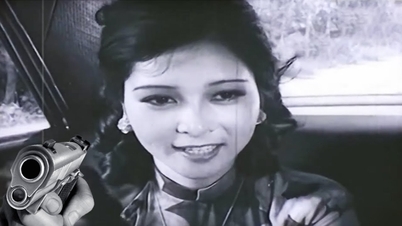
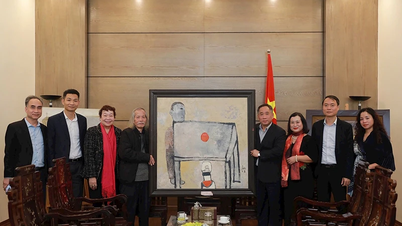


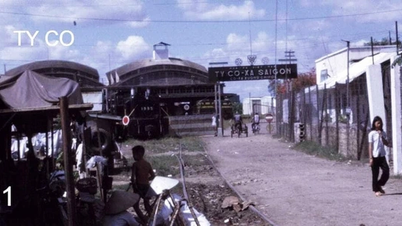
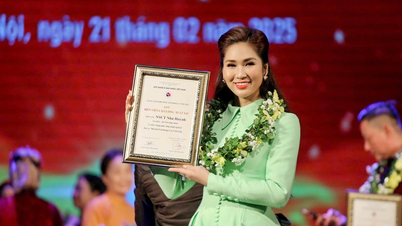




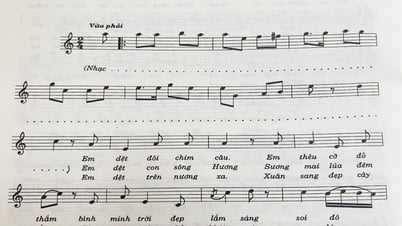
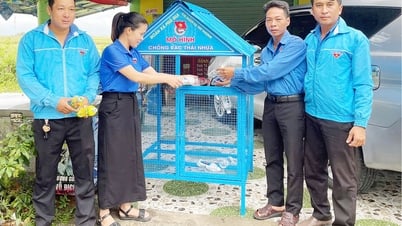

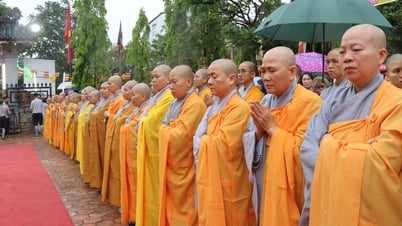
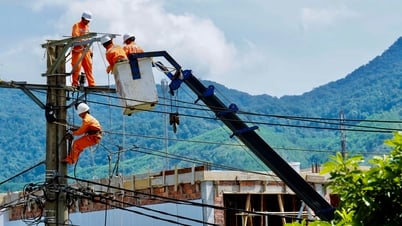
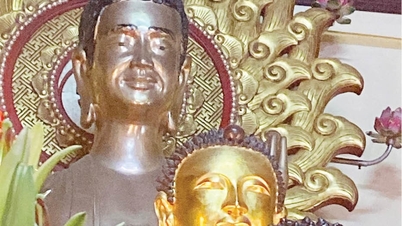


















































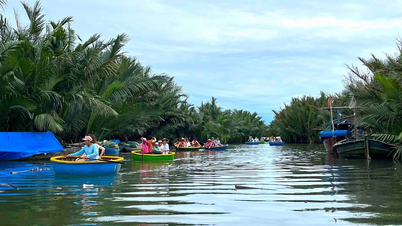

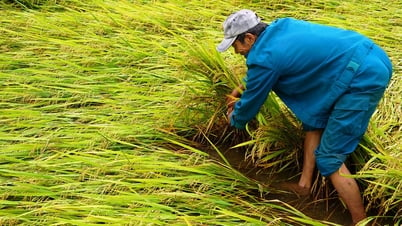

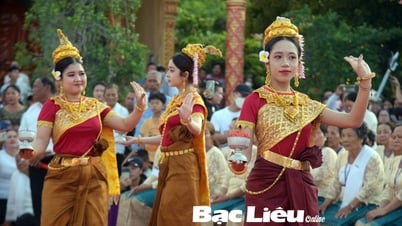

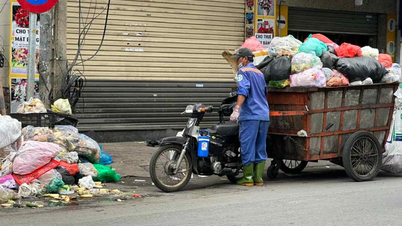












Comment (0)